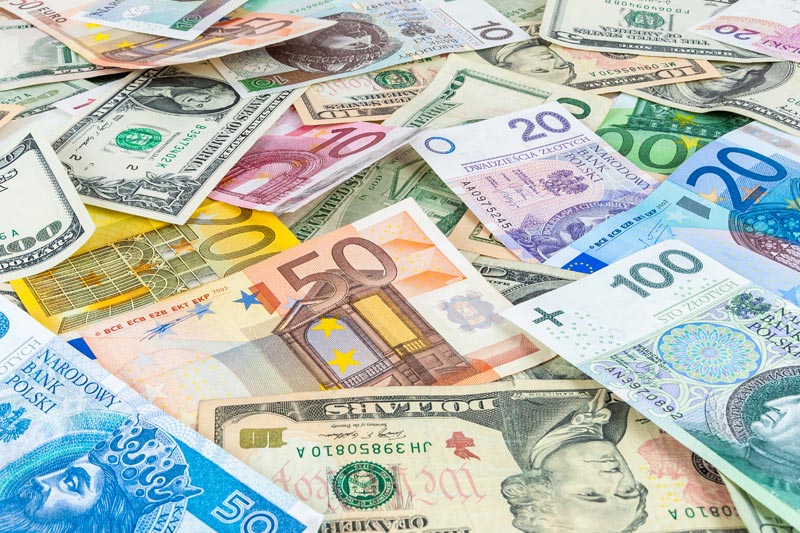Investing.com - The Australian dollar continued to give up ground to its U.S. rival in Monday’s Asian session as data show traders are increasing their bearish bets on the Aussie.
In Asian trading Monday, AUD/USD dropped 0.24% to 0.9630. Last Friday, the pair hit 0.9592, the pair’s lowest since June 1, 2012. The pair is likely to find support at 0.9592, Thursday’s low and resistance at 0.9750, Friday’s session high.
In a sign that the Aussie may be in for more downside, data from the U.S. Commodity Futures Trading Commission show that short bets on the Aussie jumped to 32,409 contracts on May 21, up from 13,450 contracts a week earlier.
The Aussie came under heavy selling pressure on Thursday after data showed that manufacturing activity in China contracted for the first time in seven months in May.
China’s HSBC Flash Purchasing Managers Index, the earliest indicator of the country's industrial activity, fell to a seven-month low of 49.6 in May from a final reading of 50.4 in April. China is Australia’s largest export partner.
Citing weakness in Chinese growth, Barclays advised shorting the Aussie against the Canadian and New Zealand dollars. AUD/NZD fell 0.13% to 1.1920 and is hovering near its lowest levels since January 2009.
Even with the dollar giving up some of its gains near the end of last week, the Aussie failed to really recover, perhaps a sign that the Australian currency is also being weighed on by sagging commodities prices.
There is no major Australian economic data due out this week.
Elsewhere, AUD/JPY dropped 0.48% to 97.31 while EUR/AUD rose 0.16% to 1.3426.
In Asian trading Monday, AUD/USD dropped 0.24% to 0.9630. Last Friday, the pair hit 0.9592, the pair’s lowest since June 1, 2012. The pair is likely to find support at 0.9592, Thursday’s low and resistance at 0.9750, Friday’s session high.
In a sign that the Aussie may be in for more downside, data from the U.S. Commodity Futures Trading Commission show that short bets on the Aussie jumped to 32,409 contracts on May 21, up from 13,450 contracts a week earlier.
The Aussie came under heavy selling pressure on Thursday after data showed that manufacturing activity in China contracted for the first time in seven months in May.
China’s HSBC Flash Purchasing Managers Index, the earliest indicator of the country's industrial activity, fell to a seven-month low of 49.6 in May from a final reading of 50.4 in April. China is Australia’s largest export partner.
Citing weakness in Chinese growth, Barclays advised shorting the Aussie against the Canadian and New Zealand dollars. AUD/NZD fell 0.13% to 1.1920 and is hovering near its lowest levels since January 2009.
Even with the dollar giving up some of its gains near the end of last week, the Aussie failed to really recover, perhaps a sign that the Australian currency is also being weighed on by sagging commodities prices.
There is no major Australian economic data due out this week.
Elsewhere, AUD/JPY dropped 0.48% to 97.31 while EUR/AUD rose 0.16% to 1.3426.
